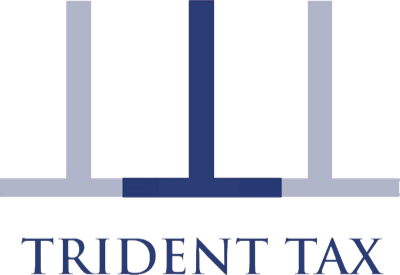Following the recent decision of the Supreme Court in the Rangers case and HMRC’s subsequent announcement that it would be inviting participants of Disguised Remuneration (“DR”) schemes to register for settlement under the terms of a new Settlement Opportunity (“SO”), is the SO now the only option for DR scheme users?
HMRC’s announcement on 10 August indicated that details of how to register under the new SO would be issued in the coming weeks although, at the date of writing, the details have yet to be published.
In the meantime, there has been much speculation among DR scheme users and advisers that registering for whatever terms are offered by HMRC under the SO is now “the only game in town”, but is that actually the case?
In our view, it will not be the only option in every case. It is still essential for advisers to fully acquaint themselves with the facts and circumstances of each case and only then, by applying the principles established in Rangers (and other relevant case law), can the potential PAYE and NIC liabilities from a company’s participation in a DR scheme be determined.
Also, a recent but much lower profile decision of the First Tier Tribunal (“FTT”), in the lead case which considered Premier Strategies’ “Declaration of Trust” EBT scheme, OCO Limited; Touchglaze (UK) Limited [2017] TC06031 should not be overlooked in determining whether the “redirection of earnings” principle is in point.
Although, the FTT decided the OCO; Touchglaze case in HMRC’s favour, the decision was made under the “Ramsay doctrine” of purposive construction, on the basis that an appointment made by the trustee to a sub-trust of an EBT was earnings (the sub-trust being, effectively, a “money box” of the sub-trust beneficiary). The FTT also held that there had not been any earlier redirection of earnings, on the basis there was no evidence that the directors were, at any point, entitled to a specific sum from their employer (which they could have redirected to the trust).
Although, in both Rangers and OCO the DR schemes failed, the different basis on which the schemes failed could be an important distinction in cases where the employer is now unable to meet its PAYE and NIC obligations in full, because it has insufficient net assets and is, therefore, insolvent. The question then arises whether any unpaid liabilities can be transferred to the employee who is the beneficiary of the EBT sub-trusts? The PAYE regulations provide a mechanism to transfer the PAYE liability in some cases but not in others and, therefore, in cases where the company cannot pay its liabilities it will be of crucial importance to know on what basis the liability arises.
There may also be a limited number of cases where the fact pattern (of what HMRC argue is a DR scheme) does not fall within the parameters of, either, the Supreme Court decision in Rangers or, the FTT decision in OCO of what constitutes a payment of earnings. In such cases, are there still genuine grounds to defend the company’s position on PAYE and NIC liabilities and, if so, at what potential cost for the company? In cases where loans have been made to beneficiaries, the new earnings charge on loans outstanding in April 2019 could also be an important factor.
Please contact one of the Trident Tax team if you would like to discuss any particular DR scheme cases to discuss what options other than settlement under the new SO might be available.
